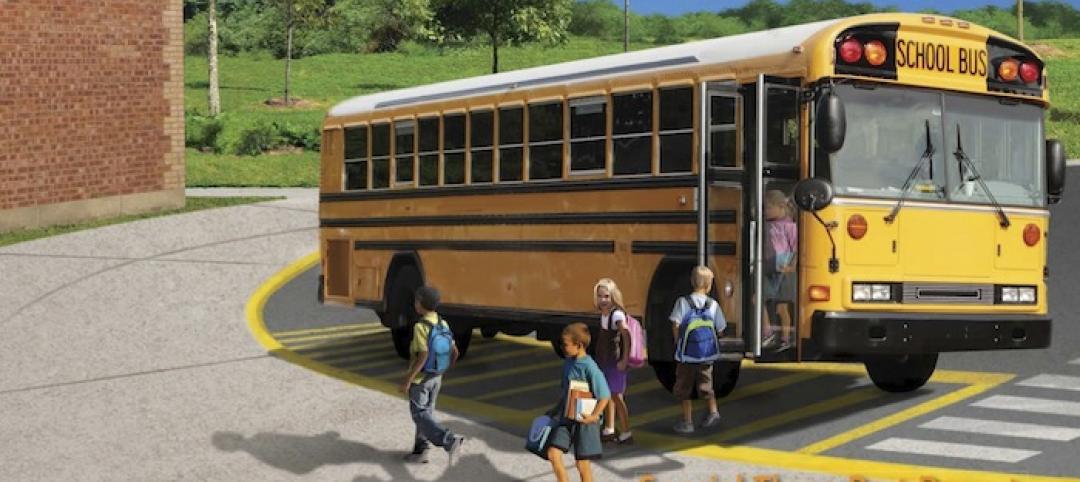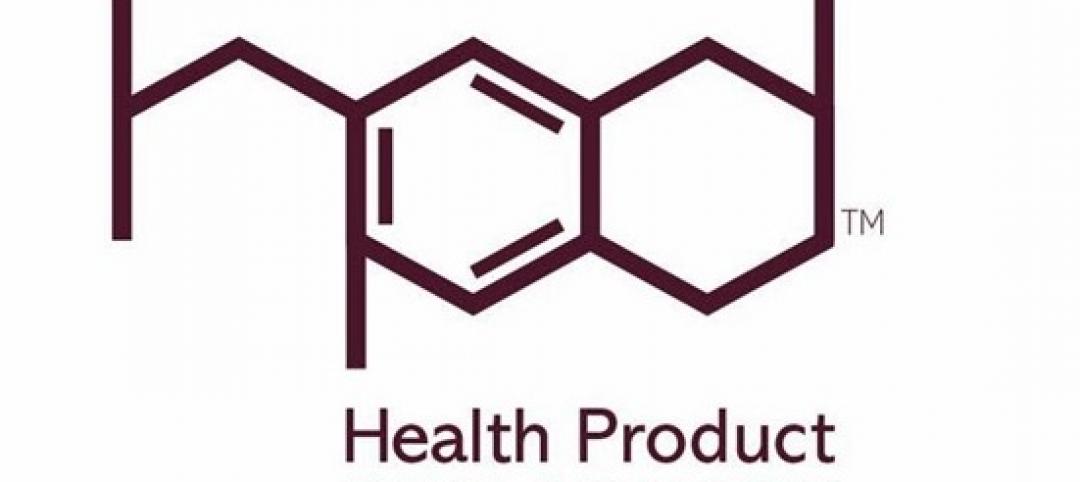We’re growing older. According to the 2020 U.S. census report, one in six Americans were 65 and over, representing the greatest 10-year increase in this demographic within the past 100 years. This trend is expected to continue as all baby boomers will have reached senior status by 2030. And by 2040, the number of people aged 85 or older is expected to more than double from 2019 levels, according to the U.S. government agency, Administration for Community Living.
Many older individuals will reside in senior communities or assisted living during some part of the lives. More than 810,000 people already occupied assisted living facilities in early 2023, and this upward trend will continue as the population ages, bolstered by people’s increasing longevity.
The Challenges of Senior Living Communities
With the growth in the assisted living market anticipated to more than double in the next 10 to 20 years, according to one report, senior living accommodations will need to keep pace. However, another challenging trend is also on the rise for these communities — legal liability. WTW, an insurance organization, has published a benchmarking report detailing its actuarial analysis of thousands of senior living claims. Clearly, not taking appropriate safety measures can cost a lot of money and ruin a facility’s reputation.
“The top priority of any senior care or assisted living facility is ensuring that residents, particularly those who may have cognitive or physical impairments, or other special needs, are safe and secure in their living environment,” says Kyle Pfeiffer, Industry Solution Leader — Healthcare, for SALTO Systems. “A modern electronic access control system should be viewed as a powerful tool in a comprehensive risk mitigation strategy for senior living facilities.”

Risk Mitigation
Deploying smart access technology goes a long way toward protecting residents, staff and management in senior living facilities against risk. This solution replaces physical keys with “smart” credentials — taking the form of key fobs, key cards, PIN code access or smartphone digital keys.
Electronic access control systems offer numerous efficiency and ease-of-use benefits including preventing staff from having to manage multiple physical keys, streamlining visitor management, managing resident moves and turnover, and managing regulatory compliance and reporting. In addition, there are also significant safety benefits associated with incorporating smart access systems. “Not only do smart locks protect residents from unauthorized access to their living spaces, they enable staff to move efficiently throughout the building to be able to quickly respond to their needs,” notes Pfeiffer.
Another important feature in managing risk in senior living facilities is the audit trail that modern access control systems creates. This refers to event logging and the associated storage and retrieval of access data — who was where and when. “This provides a complete accounting of all interactions at every lock, wall reader or access point on the system,” says Pfeiffer, with the data stored and protected using advanced cybersecurity measures.
The mere presence of a monitoring system can deter potential negligent behavior or misconduct, he adds. With a secure, unalterable record of all access events, a facility operator can immediately investigate and act based on reported or suspected situations. “With both staff and residents aware that their access within the facility is being logged, they may be less likely to engage in unauthorized or inappropriate actions.”
Many Benefits
Additional risk mitigation features and benefits include:
- Wandering prevention. Residents with cognitive issues can be monitored to ensure they don’t stray into potentially dangerous areas or leave the facility.
- Emergencies. In an emergency situation, certain areas of the facility can be locked down to protect residents and staff, or doors can be immediately opened to facilitate evacuation.
- Access rights. Administrators are able to change access permissions in real time, which is essential for managing staff changes, lost credentials or changes in a resident’s condition.
- No physical keys. This prevents keys from being lost or falling into the wrong hands.
- Visitor management. Temporary access credentials for visitors expire automatically, controlling visitor access without additional manual intervention.
- Compliance. HIPAA compliance for medical records and information can be maintained by restricting access to areas where patient data is kept.
When Safety Is Paramount
For facilities concerned about patient safety, potential liability and easy access control, smart locks offer a cost-efficient solution that addresses all these needs. “Access control systems are an essential part of senior living property management, and demand for security measures is likely to grow,” says Pfeiffer. “The future of senior living lies in rethinking how we live and work in these environments. Leveraging SALTO’s advanced access control technology addresses the needs of residents, their visitors and staff — enhancing their experiences, both now and in the future.”
Related Stories
Sponsored | | Apr 23, 2014
Ridgewood High satisfies privacy, daylight and code requirements with fire rated glass
For a recent renovation of a stairwell and exit corridors at Ridgewood High School in Norridge, Ill., the design team specified SuperLite II-XL 60 in GPX Framing for its optical clarity, storefront-like appearance, and high STC ratings.
| Feb 5, 2014
'School Security' PDF available to BD+C readers - CORRECTED
I've received several requests from BD+C readers who design and build K-12 schools about the 3-part series we ran in our January issue ("Can Design Prevent Another Sandy Hook?"). They wanted to send the issue to their school boards and other public officials with responsibility for school safety. In light of the importance of this topic, as a special service to our readers we're making the series available in PDF form.
| Jan 13, 2014
AEC professionals weigh in on school security
An exclusive survey reveals that Building Teams are doing their part to make the nation’s schools safer in the aftermath of the Sandy Hook tragedy.
| Jan 10, 2014
What the states should do to prevent more school shootings
To tell the truth, I didn’t want to write about the terrible events of December 14, 2012, when 20 children and six adults were gunned down at Sandy Hook Elementary School in Newtown, Conn. I figured other media would provide ample coverage, and anything we did would look cheap or inappropriate. But two things turned me around.
| Jan 10, 2014
Special Report: K-12 school security in the wake of Sandy Hook
BD+C's exclusive five-part report on K-12 school security offers proven design advice, technology recommendations, and thoughtful commentary on how Building Teams can help school districts prevent, or at least mitigate, a Sandy Hook on their turf.
| Jan 9, 2014
16 recommendations on security technology to take to your K-12 clients
From facial recognition cameras to IP-based door hardware, here are key technology-related considerations you should discuss with your school district clients.
| Jan 9, 2014
Special report: Can design prevent another Sandy Hook?
Our experts say no, but it could save lives. In this report, they offer recommendations on security design you can bring to your K-12 clients to prevent, or at least mitigate, a Sandy Hook on their turf.
| Dec 5, 2013
Exclusive BD+C survey shows reaction to Sandy Hook tragedy
More than 60% of AEC professionals surveyed by BD+C said their firms experienced heightened interest in security measures from school districts they worked with.
| Nov 25, 2013
Manufacturers race to offer EPDs, HPDs in response to LEED v4
Under LEED v4, projects are awarded points for using at least 20 building products that have issued Environmental Product Declarations or Health Product Declarations. In response, manufacturers are racing to offer EPDs and HPDs for their product lines.
| Sep 9, 2013
Top 25 continuing education courses on BDCuniversity
An overview of the 25 most popular continuing education courses on BDCuniversity.com.
















